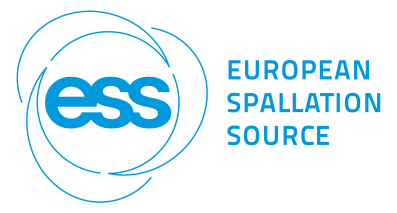Speaker
Dr
Smith Gregory
(Københavns Universitet)
Description
Poly(glycerol monomethacrylate)–poly(benzyl methacrylate) (PGMA–PBzMA) diblock copolymer micelles were synthesized via polymerization-induced self-assembly (PISA) using reversible additional–fragmentation chain-transfer (RAFT) aqueous emulsion polymerization in D$_2$O. PISA reactions produce polymer nanoparticles in situ during the reaction and can be performed at high particle concentrations. PGMA–PBzMA synthesized by PISA is known to form only spherical micelles, making it an ideal model system for exploring new characterization methods. The structure of the polymer micelles was obtained using small-angle X-ray scattering (SAXS) and, a more recently developed form of neutron scattering, spin-echo small-angle neutron scattering (SESANS). Fitting the scattering data from these techniques showed that the inverse-space (SAXS) and real-space (SESANS) scattering gave structural parameters that compare very favorably. As far as we are aware, this is the first report of polymer micelles being studied by SESANS. Using both an inverse-space and a real-space scattering technique, with optimal sensitivity at different lengthscales, has made it possible to gain interesting information about both the structure of and interactions between polymer micelles as a dilute dispersion (SAXS) and directly in the synthesis medium (SESANS).
Author
Dr
Smith Gregory
(Københavns Universitet)
